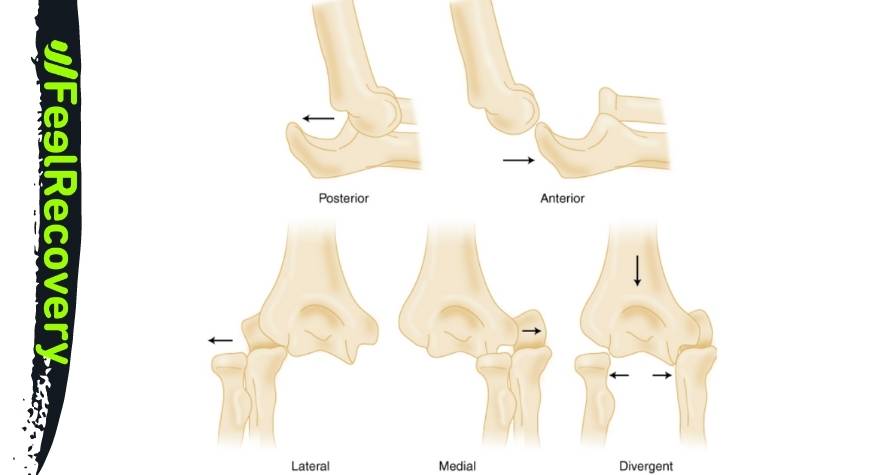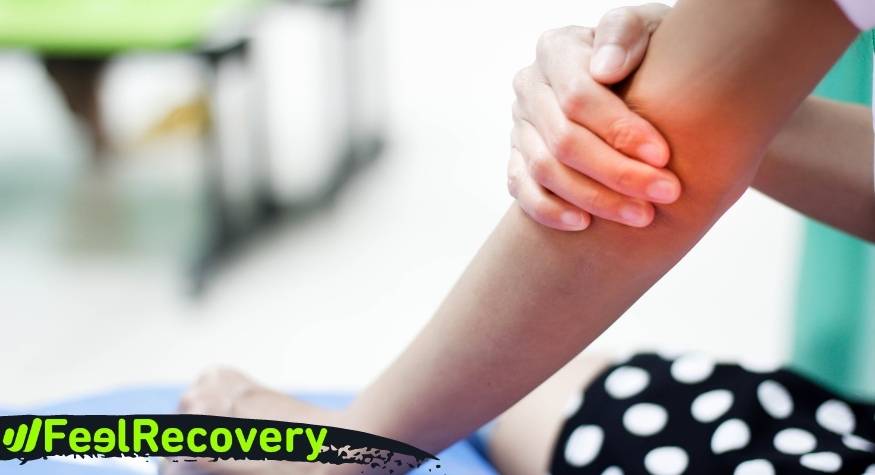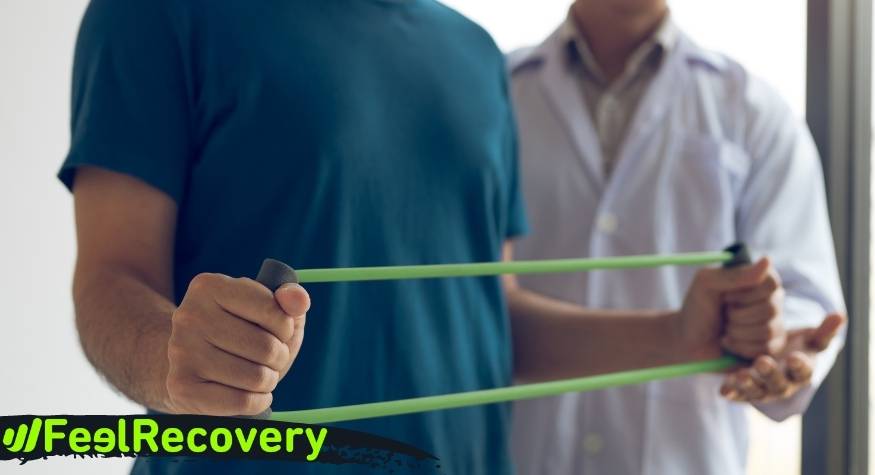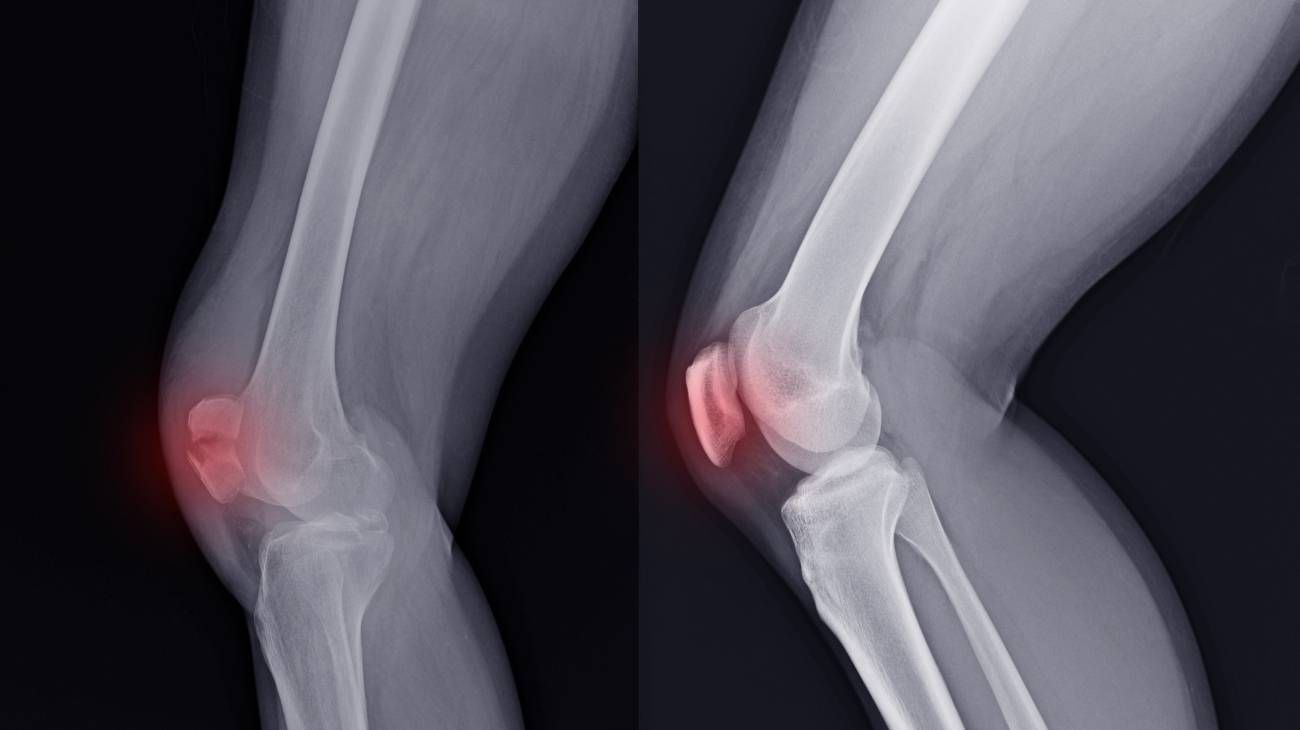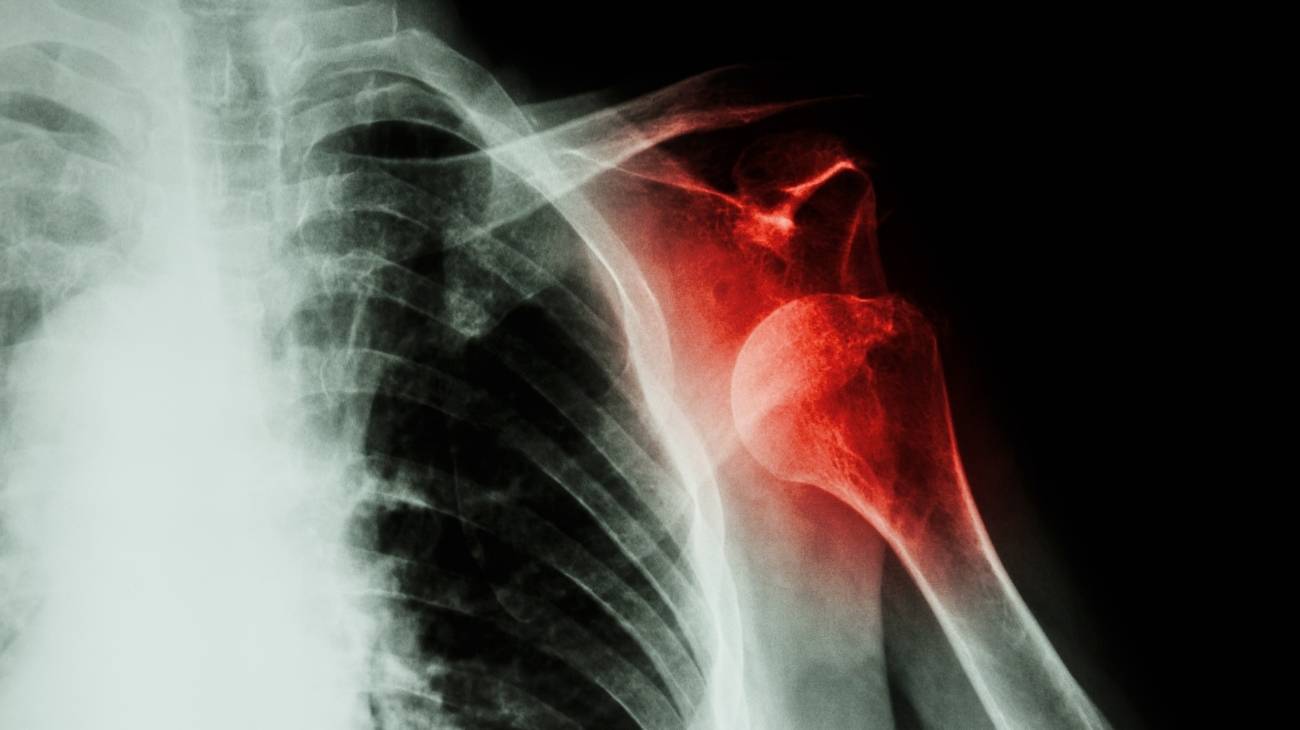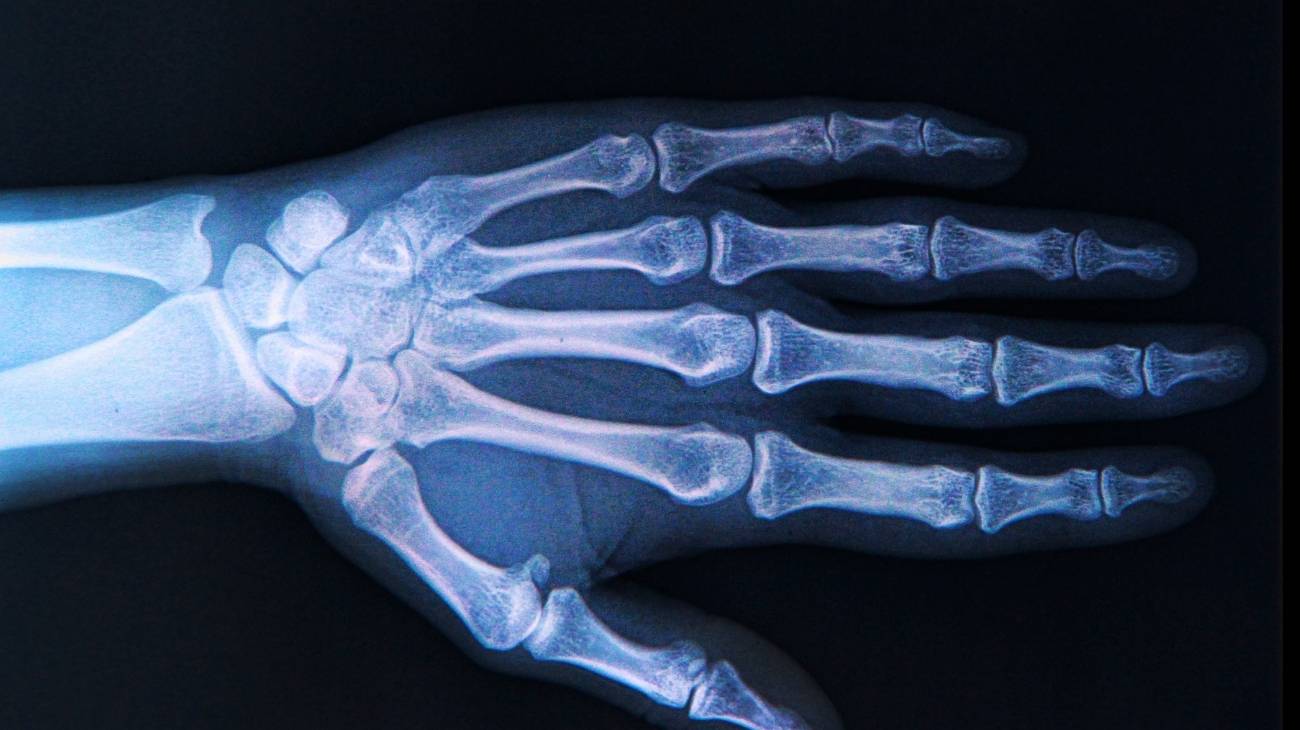- What is elbow joint dislocation?
- What are the causes and risk factors for elbow dislocation?
- Best products for elbow dislocation
- Main signs and symptoms that warn us that we have an elbow dislocation
- What is the first aid for elbow dislocation?
- What are the most effective prevention methods for elbow joint dislocation?
It is important to know what a dislocated elbow joint is because this will help you avoid future injuries in your sport and everyday household activities. So, the first thing you need to know is the causes and risk factors for elbow subluxation or dislocation.
You'll find these facts in a nutshell below, where we'll also discuss the main signs and symptoms of a slipped elbow bone and the first aid you should perform to help someone with a dislocated elbow.
What is elbow joint dislocation?
Elbow dislocation is an injury sustained when one or more of the joints at the elbow (humero-ulnar, humeroradial and radioulnar) slip between the end of the humerus bone and the head of the radius and ulna. This type of separation can be classified as a posterior, anterior, lateral, medial or divergent elbow dislocation.
This skeletal injury can be a complete separation or a partial separation (when some part of the bone area is still connected), which is called an elbow subluxation. Recovery time from this trauma will depend on the age of the patient, the degree of injury and the recurrence of the dislocation. Thus, with proper treatment, a person can perform normal movements after 15 days.
What are the causes and risk factors for elbow dislocation?
Risk factors are those activities or patient history that increase the likelihood of elbow dislocation.
Here are the most important causes of elbow dislocation:
- Blows: Impacts to the elbow caused by falls in sports activities or accidents are usually one of the most important risk factors for this type of musculoskeletal injury.
- Bone deformities: The appearance of spurs caused by microcrystals in the joint or poorly developed bones from birth are causes that can increase the likelihood of elbow dislocations.
- Sports activities: Rugby, weightlifting and golf are some of the sports that cause elbow dislocations. This can also increase when there are inadequate safety devices to protect the joint during activity.
- Lack of exercise: A sedentary lifestyle causes a habit of quiescence in the ligaments and muscles of the elbow, which leads to weakness. Any movement causes the tissues to relax and creates a slippage of the bones in the joint.
- Sudden actions: Sudden movements can cause dislocation of the elbow because the joint is not prepared to withstand the movement gradually.
- Age: Older people tend to have a much weaker musculature and ligament structure, which increases the likelihood of elbow dislocation.
- Lifting heavy objects: Lifting excessively heavy things without proper protection of the joint can create a dislocated elbow injury if your body is not prepared for such an action.
- Osteoarthritis: Diseases that cause wear and tear on the articular cartilage of the elbow help to increase the occurrence of elbow dislocations.
- Surgical treatments: Previous operations on the bursae or any part of the joint body are risk factors to be taken into account in a separation of the elbow bones.
Best products for elbow dislocation
Bestseller
-
2 Elbow Compression Sleeve (Black/Gray)
$19.95 -
2 Elbow Compression Sleeve (Green/Navy)
$19.95 -
2 Elbow Compression Sleeve (Pink/Bordeaux)
$19.95 -
2 Tennis Elbow Brace (Black/Gray)
$14.95 -
2 Tennis Elbow Brace (Green/Navy)
$14.95 -
2 Tennis Elbow Brace (Pink/Bordeaux)
$14.95 -
Acupressure Mat and Pillow (Black/Gray)
$49.95 -
Acupressure Mat and Pillow (Green/Navy)
$49.95 -
Acupressure Mat and Pillow (Pink/Bordeaux)
$49.95
Main signs and symptoms that warn us that we have an elbow dislocation
The symptoms that will warn of the presence of an elbow dislocation are:
- Acute pain: The sensation of internal pain occurs in all trauma patients with elbow dislocation. This is generated by the work of the autoimmune system to heal this part of the body.
- Inflammation: The accumulation of blood causes the joint to swell almost immediately.
- Joint stiffness: There is inability to move if there is a displacement between the humerus, radius and ulna.
- Deformity: Misalignment in the forearm causes lumps that are easy to distinguish with the naked eye.
- Insensitivity: Excessive pain can cause the patient to lack normal sensation in this part of the body. Paraesthesia can also appear in the hands and shoulder.
- Loss of strength: If there is a dislocation of the elbow, the traumatized person cannot lift light objects and perform biomechanical hand movements normally.
- Bruising: Bruising is also common when there is displacement of the elbow joints.
- Joint instability: If the injury is a subluxation it is common for the elbow joint body to be inconsistent, causing abnormal movements in the arm.
What is the first aid for elbow dislocation?
It is possible to apply the PRICE first aid protocol when there is a dislocation of the elbow. This therapy consists of carrying out a series of steps in the established order, which will help to avoid more serious future injuries and to assist the traumatised patient in the best possible way.
Each of the letters in the above-mentioned method refers to the following steps:
- Protection: Protection is the first thing to be done in a trauma patient. It consists of preventing the injury from continuing to be recorded, which is why it is advisable to safely remove objects or any element that could increase the displacement of the bones in the joint.
- Rest: Rest should be immediate. That is, it is advisable to stop the activity that caused the injury to avoid further trauma. Rest helps our damaged cells to recover.
- Ice: The application of cold is the next step to be taken as the patient's first aid. Ice packs can be used, although in many cases it is advisable to use hot gel packs and cold balls. The application time for this step should not exceed 20-25 minutes and 3-4 times a day.
- Compression: This is a very important step to prevent bruising and improve blood circulation. Elastic bandages should be applied to prevent further slippage of the bones. It is necessary to keep in mind that the pressure must be correct, so it is often convenient to use compressive elbow braces and compression sleeves.
- Elevation: Elevation is the last step performed in this method. It involves raising the elbow above the level of the heart to prevent further blood flow, which will improve swelling and prevent clots.
Once these steps have been applied, it is necessary to take the patient to a hospital or call a doctor in order to evaluate the steps performed and improve the treatment. The technique for the reduction of posterior dislocation of the elbow joint must be performed by an expert as the steps are complex and must be performed in a medical environment, these manoeuvres can cause injuries to ligaments and tendons if not practiced correctly.
What are the most effective prevention methods for elbow joint dislocation?
If you keep a few preventive aspects in mind, you can avoid elbow dislocation. So we will show you below which methods are most effective before trauma:
- Wear compression clothing: Wear compression elbow pads when playing sports or dangerous activities. Wearing compression clothing will help keep the elbow joint in the right place, which will prevent bone slippage.
- Follow the rules and use common sense: If you are going to practice high-risk sports, try to follow all the experts' advice, not to endanger yourself or others and to carry out all actions that do not damage the elbow joint.
- Avoid falls: Hard blows to the elbows and falls in which the elbow joint is the first to fall cause dislocations with severe and complex degrees. You should be aware of the different levels you walk on, use lifts instead of stairs and wear non-slip footwear.
- Keep ligaments strong: To perform certain high-impact sports, it is necessary to warm up your whole body before physical activity, as well as to include in your diet foods rich in calcium, vitamins and minerals.
- Warm up your muscles before an activity: This will help you prepare your tissues to withstand the activities you want to do. This will considerably reduce the occurrence of elbow trauma.
- Rest every time you feel fatigue: Rest is a fundamental part of a person's health, this will strengthen the tendon structure and muscle tissues to avoid displacement of the humerus, ulna and radius bones.
- Do not choose foods with saturated fats: This way you will be able to secrete uric acid correctly, avoiding the appearance of microcrystals that can turn into bone spurs. Don't forget that these bones work as a lever, leading to elbow dislocation.
- Try not to lift heavy objects with your hands: The appearance of elbow subluxations are frequent when a person tries to lift things that exceed the biomechanical angle of the joint. For this reason, it is advisable to perform this movement with the correct posture.
- Do not overload the elbows in sports training: The exercise load must be respected to avoid injury to the joint. It is also necessary to maintain a prudent rest time to recover the strength of the tendons and muscles of the elbow.
- Get your hormone replacement right during and after the menopause: This will help keep your body chemically balanced, which will help keep your tendons and muscles in good condition at all times.
References
- Robinson, P. M., Griffiths, E., & Watts, A. C. (2017). Simple elbow dislocation. Shoulder & elbow, 9(3), 195-204. https://journals.sagepub.com/doi/abs/10.1177/1758573217694163
- Cohen, M. S., & Hill Hastings, I. I. (1998). Acute elbow dislocation: evaluation and management. JAAOS-Journal of the American Academy of Orthopaedic Surgeons, 6(1), 15-23. https://journals.lww.com/jaaos/Abstract/1998/01000/Acute_Elbow_Dislocation__Evaluation_and_Management.2.aspx
- Josefsson, P. O., & Nilsson, B. E. (1986). Incidence of elbow dislocation. Acta orthopaedica Scandinavica, 57(6), 537-538. https://www.tandfonline.com/doi/abs/10.3109/17453678609014788
- Maripuri, S. N., Debnath, U. K., Rao, P., & Mohanty, K. (2007). Simple elbow dislocation among adults: a comparative study of two different methods of treatment. Injury, 38(11), 1254-1258. https://www.sciencedirect.com/science/article/abs/pii/S0020138307000903
- Rezaie, N., Gupta, S., & Osbahr, D. C. (2020). Elbow dislocation. Clinics in Sports Medicine, 39(3), 637-655. https://www.sportsmed.theclinics.com/article/S0278-5919(20)30022-3/fulltext
- Rhyou, I. H., & Kim, Y. S. (2012). New mechanism of the posterior elbow dislocation. Knee Surgery, Sports Traumatology, Arthroscopy, 20, 2535-2541. https://link.springer.com/article/10.1007/s00167-011-1872-7
- Ross, G., McDevitt, E. R., Chronister, R., & Ove, P. N. (1999). Treatment of simple elbow dislocation using an immediate motion protocol. The American journal of sports medicine, 27(3), 308-311. https://journals.sagepub.com/doi/abs/10.1177/03635465990270030701
- Schreiber, J. J., Paul, S., Hotchkiss, R. N., & Daluiski, A. (2015). Conservative management of elbow dislocations with an overhead motion protocol. The Journal of hand surgery, 40(3), 515-519. https://www.sciencedirect.com/science/article/abs/pii/S0363502314016049
- Jungbluth, P., Hakimi, M., Linhart, W., & Windolf, J. (2008). Current concepts: simple and complex elbow dislocations–acute and definitive treatment. European Journal of Trauma and Emergency Surgery, 34, 120-130. https://link.springer.com/article/10.1007/s00068-008-8033-9
- Koslowsky, T. C., Mader, K., Siedek, M., & Pennig, D. (2006). Treatment of bilateral elbow dislocation using external fixation with motion capacity: a report of 2 cases. Journal of orthopaedic trauma, 20(7), 499-502. https://journals.lww.com/jorthotrauma/Abstract/2006/08000/Treatment_of_Bilateral_Elbow_Dislocation_Using.9.aspx

